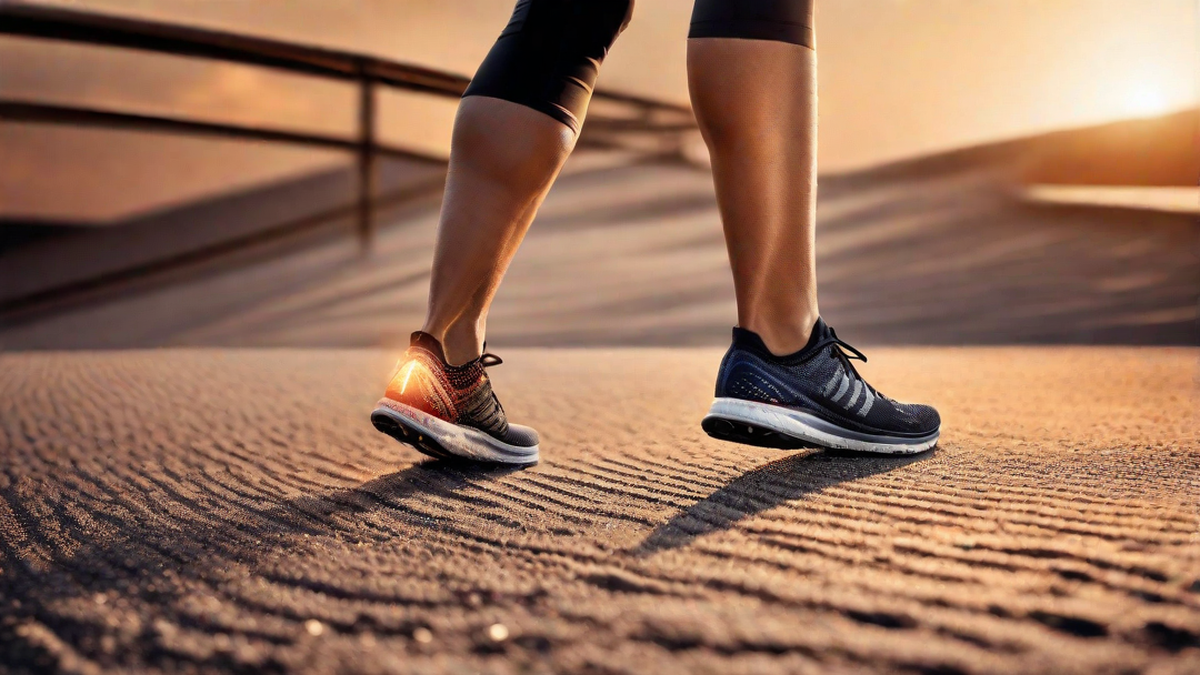Running blisters are a common annoyance for many runners, myself included. These painful blisters can make it difficult to continue with our running routine and can be a major setback. But how long do running blisters actually take to heal?
The healing time for a running blister can vary depending on various factors such as the size of the blister, its location, and how well it is taken care of. Generally, a small blister can take anywhere from a few days to a week to heal, while larger blisters may take up to two weeks or longer.
One of the key factors in the healing process is allowing the blister to properly drain and breathe. It may be tempting to pop the blister in an attempt to speed up the healing process, but this can actually prolong the healing time and increase the risk of infection. Instead, it is recommended to leave the blister intact and protect it with a bandage or blister pad.
During the healing process, it is important to keep the blister clean and dry to prevent infection. Washing the area gently with mild soap and water and applying an antibiotic ointment can help promote healing. It is also advisable to avoid activities that can further irritate the blister, such as wearing tight or ill-fitting shoes.
As a runner, I know how frustrating it can be to have a blister interfere with my training schedule. It’s important to listen to your body and give yourself the necessary time to heal. Pushing through the pain can lead to more serious injuries and prolong the healing process. Taking a break from running and allowing the blister to heal is the best course of action.
In some cases, if the blister is severe or becomes infected, medical attention may be required. A healthcare professional can provide proper treatment and advice on how to manage the blister to ensure a speedy recovery.
In conclusion, the healing time for running blisters can vary based on individual factors, but generally, small blisters can take a few days to a week to heal, while larger blisters may take up to two weeks or longer. It is important to take care of the blister by keeping it clean and protected, and giving it the necessary time to heal. Remember, it’s better to take a break from running and let the blister heal than to risk further injury or complications. Stay patient, and soon enough you’ll be back on the road pain-free!

